Last week we started a two part series in which we are looking at some images that I made on a trip over at the Inawashiro Lake on the last day of 2008, hoping to capture one or two more good images before I said goodbye to the year. I believe I did that, as we saw two of the shots for this day in my best 10 shots of 2008, in episode 170, three weeks ago, and we’ll take a quick look at those again today. Let’s jump right into it though, and we’ll see what I shot in the few hours after breakfast, before lunch, when we started heading back to Tokyo.
So, we were played out of Episode 172 with me all excited after my hour long shoot in the blizzard at dawn. I was heading back in for breakfast, but I wanted to remind you, I’ve said before, that when you go back inside with really cold gear, condensation will form on it, and if your gear is cold to the core, as mine would have undoubtedly been, condensation can form on the inside, giving you all sorts of problems, and even damaging your body or lenses. To avoid this, you need to put the gear into your camera bag and zip it up, and don’t open it in doors until the gear has had a chance to slowly warm up. Depending on how cold it is, it can take a good hour or more, before the risk of condensation subsides. You can also put your gear into plastic bags and tie up the opening to make it relatively airtight, but I prefer to just stick it all back in the bag if I’m going into the warm. Plastic bags do help to get the gear warmed up more quickly, so probably not to be ruled out as an option, especially if you are going to use it soon after going inside.
If you want to make backups of your images while you’re inside, I suggest you take the memory card out before you pack your gear away, as it will be tempting to open up the bag too early if the memory is still in the camera. Another thing to note is that if you are going to be heading back out into the cold within an hour or two, it is really not worth allowing your gear to warm up, because it’s only going to get cold again. Because of this, if you are in a relatively safe area, as in low crime, consider just putting your gear in the trunk of your car, as it’s going to be pretty cold in there too, if you haven’t had the engine running of course. I threw all my gear into the trunk of the car, and left it out in the cold while I had breakfast and checked out of the hotel etc. When I came back out to grab it and start shooting again, there was actually still snow all over my 600mm and 300mm lenses, and the body for that matter, so it was most definitely still below freezing in my car.
Anyway, let’s take a look at some more shots from the morning. The first of which is image number 2048. Although we haven’t looked at any swan shots yet, I was here mostly interested in shooting the swans that spend their winters here, because it’s warmer than Siberia, where they fly down from. At most of the lakes where you find swans in Japan you almost always find a large colony of Pintail ducks too, and these are what we see here walking up the snow covered beach of the Inawashiro Lake. Ducks are pretty comical I think, and this procession of waddling beauties is a good example. What they do is waddle their way up the beach, and wait outside the cafeteria door next to the hotel in which I’d stayed. The lady in the hotel cuts bread into pieces which they sell for $2 a bag. Tourists buy the bread and come outside and give it to the ducks, and then when it’s all gone, they fly down to the water to have a drink to wash down the bread. Then they waddle back up to the door to wait for the next tourist bearing bread to come out. I have mixed feelings about feeding these birds, but it is how they’ve been conditioned, and they look OK for it, so I guess its fine. Us humans need that contact too I believe. My wife doesn’t really like the cold, or more accurately, she doesn’t like the sensation of slipping on the snow, so she rarely comes with me to places like this, but here, she knows she can feed the ducks, and that makes it worth here while to come with me. We had also headed out just for a break, and spent the previous few days doing more of a touristy thing, visiting a quant village about an hour from here on the winter roads.
I shot this image by the way with the 70-200mm F2.8 L lens and had set my camera to ISO 200, giving me a shutter speed of 1/640th of a second at F5. I didn’t select a smaller aperture, because I wanted to maintain a shallow enough depth of field to allow the back of the line of ducks and the waves on the lake to go out of focus some, adding a feeling of depth to the image.
I shot a few images, such of which are uploaded as well, of the ducks up close. It helps to try to slowly move in, shooting as you go, trying to get gradually closer to your subjects, if there’s a chance that you’ll spook them and they’ll fly away, as these ducks do. Sometimes though, you can get in so close, that you can capture some pretty cute expressions, as I think I did in image number 2051. Here I got so close that the duck on the right of the image looked right up at me, a little apprehensively, so I got a nice shot of that awareness of my presence. Pretty much all of the other shots are of the ducks in a totally nature pose, totally oblivious of my presence, so I thought this was a nice addition. This was shot still at ISO 200 but for 1/160th of a second at F6.3. I was add the wide end of my 70-200mm lens shooting at 80mm.
As you get too close though, the birds will get skitty and fly away, as they did a moment or two after the last shot. I wanted to see if I could capture that though, and so when they’d come back, I set my camera up to capture the action, as we can see in image number 2054. I selected an aperture of F2.8, wide open, with a shutter speed of 1/640th of a second, at ISO 100, and as I got close to the ducks again, they took flight, and I snapped of a few frames with the camera’s focusing system set to AI Servo, hoping to latch on to something interesting, and I did, with this single bird that we can see in the middle of the frame looking pretty sharp. It’s actually slightly soft due to the movement, but sharp enough to set it apart from the rest of the flock, for a pretty dynamic image of these pintails taking flight.
There were a couple of trees on the snowy beach of the lake, and I’d basically sat myself down in the snow, with my tripod legs opened up to the second notch, partly so that I could put my legs between the tripod legs, but mainly to give the tripod a wider base to help fortify it against the wind that was still battering this beach. I shot image number 2057 from this position. This is the image that I mentioned in my 2008 best shots round up episode. It is similar to the one I selected in my best ten, but this one has three swans in the top of the frame, adding an additional element of interest. I wanted to mention this image today for two reasons. Firstly, because I really like it, and wanted to share it with you. Secondly, because I used the new Content Aware Scaling in CS4 to bring the swans a little bit closer to the tree. In the original they are a little bit farther away from the tree than this, higher up in the frame. There was a lot of dead space which gave the impression of the image being too tall, in the native aspect ratio of the images from my 1Ds. So I basically selected the bottom half of the shot including the tree, then selected the top of the shot from the birds and above, saved the selection, and then selected the Context Aware Scaling, then made it aware that I wanted to protect my saved selection. That way, when you resize the image by dragging the frame around it, only the space between the tree and the swans get’s compressed, while maintaining the slight gradation in parts of the sky and the driving snow, that you can’t really see in the Web version. I probably wouldn’t have done this a few years ago, but I’m thinking that this is a good use of the technology now. It was shot at F8 for 1/125th of a second, at ISO 100.
Next let’s take another look at image number 2058, which was one of my 2008 best ten selection. I spoke about this shot recently, so won’t go into any detail on that again. The conditions were the same as the last shot we looked at anyway. I did want to mention why I chose this over the one with the swans for my best ten of 2008 though. You know, many moons ago, I did an episode on adding an additional element of interest, and I still do that when it makes sense. But this is one of those times where simplicity really does win out in my opinion. I’ve been doing a lot of test printing recently, and this has been one of the shots I’ve been printing, and there is enough in the image to hold our interest I think, without the swans. The main subject of course is the tree, and in a print, this is a pretty stunning piece of work. The dappled pattern on the bark adds nice contrast, and there are actually a number of brown withered leaves left on the tree that you end up picking out visually as the scan the print. Then of course though there’s the white snowy beach, which probably isn’t an element of interest in itself, more just stage setting, and then the breaking waves help to show that we’re at a lake or maybe even the sea, and there’s wind. Then as you look closer still, you see the snow, driving across the image from right to left, which actually helps to bring us back to the tree as our eyes wander. So basically we’re keeping the lone tree as the main subject, with nothing to fight for our attention. I do really like the version with the swans too, so I’m not ruling it out at all, but when the swans are there, it does fight for our attention, so it is not quite as aesthetic as this shot on the whole.
After I’d shot a number of frames of the tree, and was happy that I’d got what I wanted, with the waves in the right place and the snow adequately captured, a large group of swans flew in, so I took the camera off the tripod, and hand held for a number of shots with the swans flying into their roost. I shot a few images that I also like that I uploaded as well, but then saw or sensed some warm light behind me, and as I turned, there was a small break in the low cloud, revealing an patch of light and part of the distant bank of the Inawashiro Lake that we can see in image number 2061. This was also one of my favourites of 2008, that we looked at just a few weeks ago, so I’m not going to go into detail on the capture again. I did want to touch on one thing though, following a question from Ken Dickson in the forum at Photography martinbaileyphotography.com. Ken said “I was surprised to see you include images taken only days before in your best of collection. I normally like to allow my images to soak a bit before making that kind of decisions.” This is a great point. I actually mentioned this about another swan shot that I made in the last few days of 2007 that I included in my 2007 collection as well. I am a big believer in having a cooling off period after the excitement of the shoot to allow the emotional connection that we have with images to subside a little, so that we can make more objective decisions about our selection. Before I even upload images to my gallery, when possible, I allow two to three days for them to sink in a little. I’m living with 12 shots from a flowerscape shoot last weekend at the moment, waiting for the memories of the shoot to die down a little, as I had a great time shooting them, and it will make me want to upload them more now than it will in a few days. It’s definitely best to do this, and I find that this helps to make sure that in the most part, only your best work hits the eyes of the rest of the world.
There was a teeny weeny bit of risk in selecting these too shots from the last day of 2008 for my best ten of the year, which I was definitely conscious of. Things to note here though, are that although I shot them on December the 31st, I didn’t actually upload them until the 4th of January. This was really the time needed for to me to through my cooling off process. The other thing to bear in mind is that I didn’t actually put the list together until the 6th of January, so I’d actually had almost a week for these images to become real to me. Even with that in mind, as I said, I was conscious that there was still going to be some of the excitement of the shoot left in me. Almost a month has passed now though, and I’m still happy with the selection, so I think I’m good here. Thanks for the great question though Ken, and for your continued participation in the forum. It’s all very much appreciated.
So, let’s look at one last image before we close for today, and that is image number 2062. The last shot that we looked at was shot at 28 seconds past 11:14AM, just twenty seconds before this on. The brief break in the heavy snow clouds lasted literally just a few seconds, and by the time I shot the same six swans flying towards their roost here, it was gone. This is another one of those images that looks great in a print, as there are a literally hordes of swans in this photo, that you can hardly make out in the Web version. There are three swans on the lake in the foreground, directly below the six flying. Then there are of course the six flying in, but I have counted 115 swans in that roost or breeding ground between that dark line which is like a hard sand bank, and the snow on the land that we see further back in the distance. I just love delving into the details of shots like this, especially in a large print. I shot this by the way at F11 for 1/60th of a second, with ISO 100. Relying a little on the 70-200mm F2.8 lenses image stabilization here, shooting at a 150mm focal length.
So, as I mentioned, I was basically here with my wife. It was one of those relaxing break, with some photography sort of trips, so I didn’t want to push my luck doing too much. I’d had a flurry of images here having spent a few hours on the snow, in total, and was feeling pretty happy with my harvest. I was thinking to go back to the falls that I shot in winter at the beginning of January in 2008, but as the swans had kept me out of the beach for a little longer than I expected, I decided not to push my luck, and asked if my wife was ready to start heading back to Tokyo. The snow was pretty heavy still, so we decided to do just that. The snow stopped just a few miles towards home from here mind. We literally drove into a tunnel feeling like we were at the north pole, and we came out, and the sun was shining, and there was not even any snow on the ground. It felt pretty weird, and just shows how much mountains can affect the weather. We had a nice afternoon drive back to our apartment in Tokyo, and were back just as the sun set. My wife had enjoyed the trip, because I didn’t push my luck with my photography, and I had gotten, what I think at least, were some great shots, so it really was a nice finish to 2008 for the both of us.
So, I hope you enjoyed joining me at the Inawashiro Lake on the last day of 2008. I really enjoyed this shoot, and it was great warming up for the Hokkaido Workshop and Photography Tour which is now less than three weeks away. We’re just putting the final touches on the planning and all the participants have the details of the meeting point etc. It’s really now just a case of sending a few things off ahead, and then getting started. I can’t wait!
If you are doing a composite image for the January assignment, remember that we have a very short time to do this in our first assignment since switching to the monthly schedule. You will have until the 31st of January, which is this coming Saturday to upload your image to the Composite Assignment gallery at mbpgalleries.com. I’ll turn on voting from the 1st of February for two weeks, and then announce the winner in the following Podcast episode. We’ll also be kicking off a new assignment at the beginning of February, which will run that in parallel with the voting for the January assignment, so stay tuned for that too. I haven’t even started my composite image yet by the way, so I’m starting to get a little worried. I hope you’re having better luck making time for this yourself. Whether you intend to participate or not though, you have a great week, whatever you’re doing. Bye bye.
Show Notes
Music by UniqueTracks.
Subscribe in iTunes for Enhanced Podcasts delivered automatically to your computer.
Download this Podcast in MP3 format (Audio Only).
Download this Podcast in Enhanced Podcast M4A format. This requires Apple iTunes or Quicktime to view/listen.

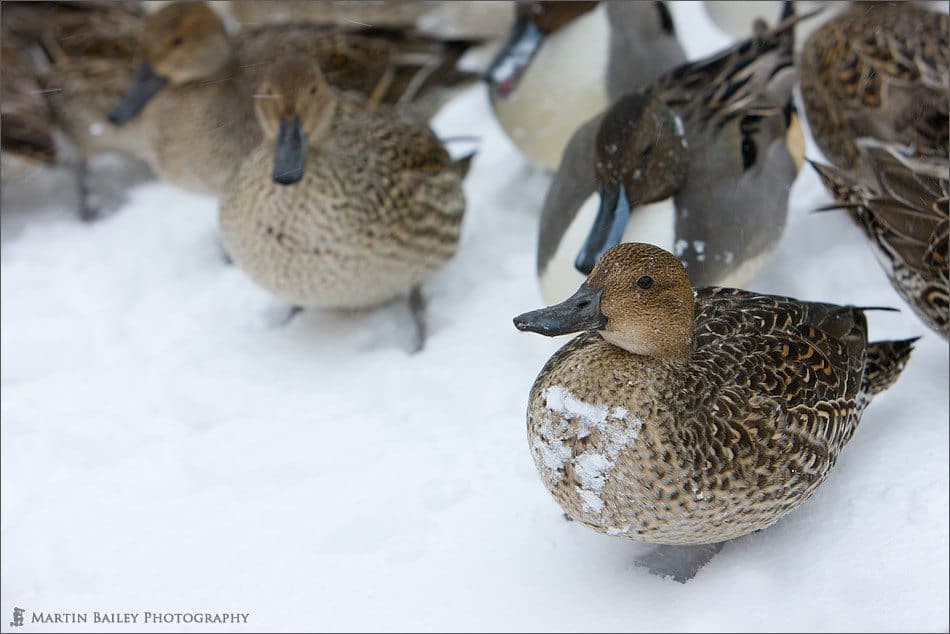
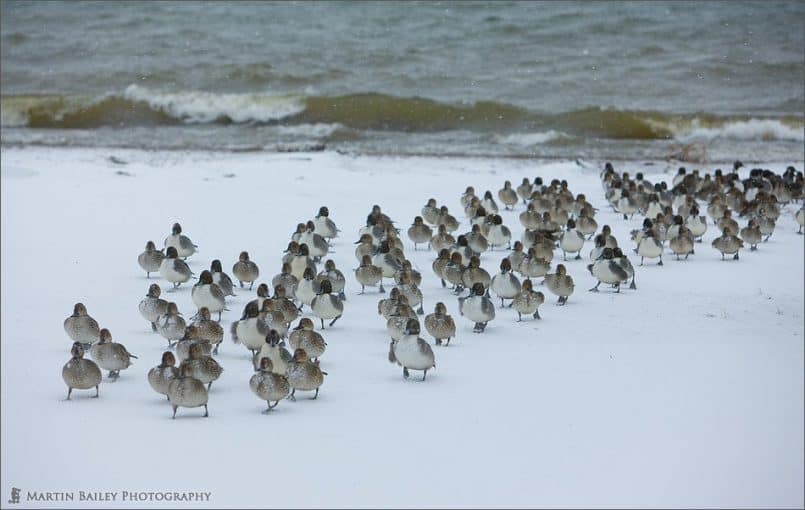
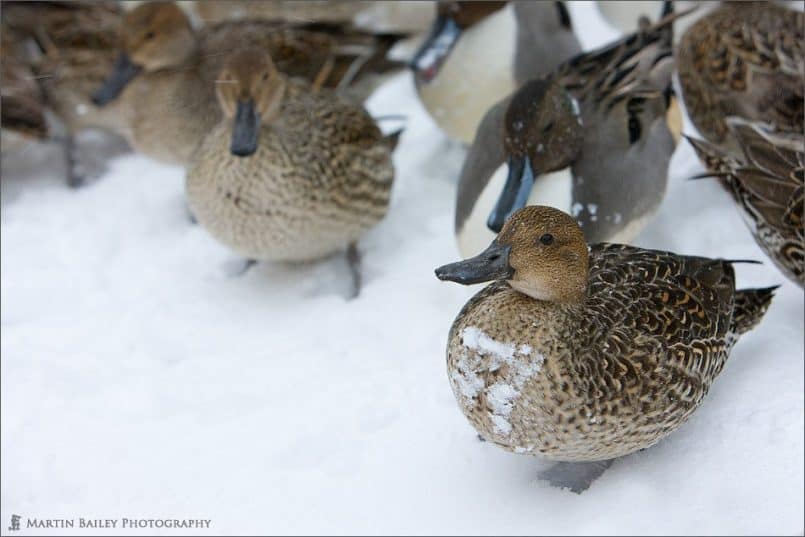
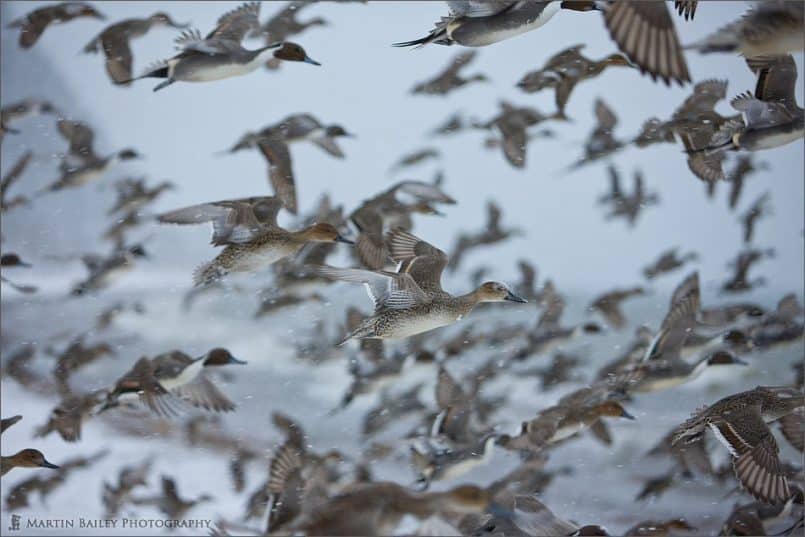

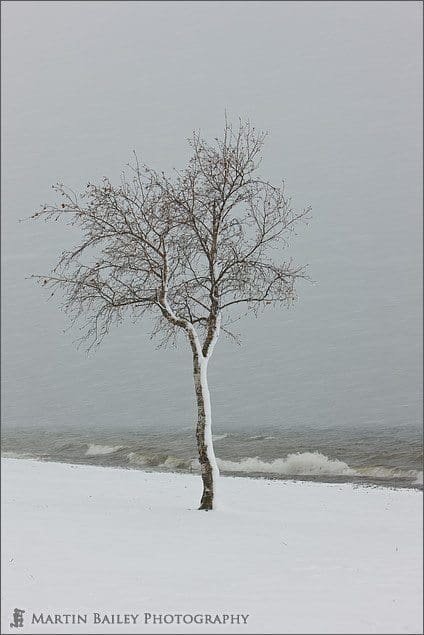
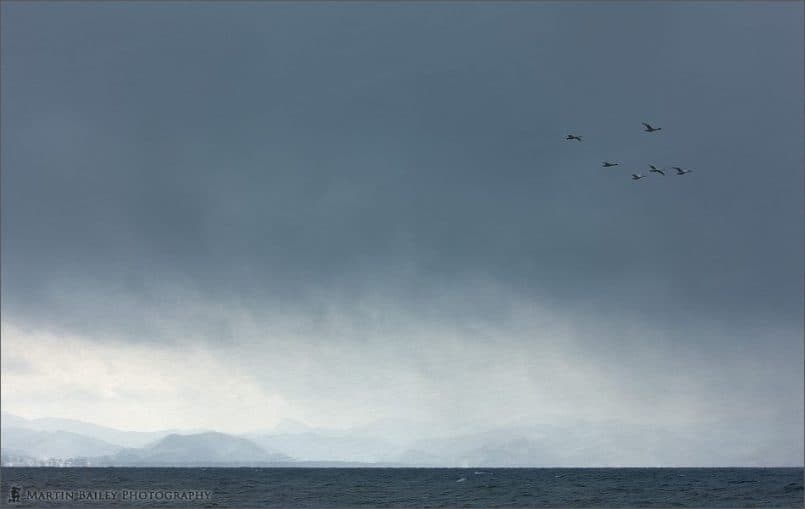
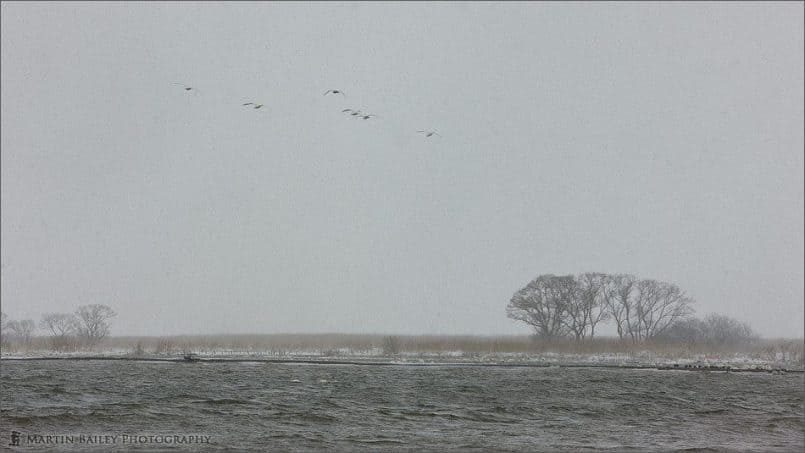

0 Comments